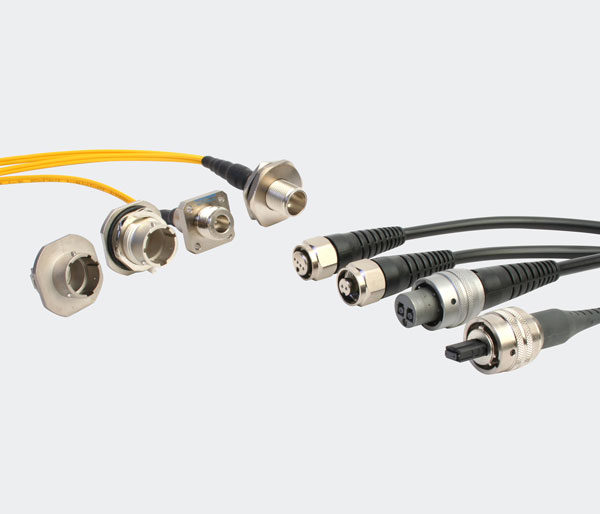Currently, optical fibers have been widely used in many fields, but scientists and manufacturers have never stopped exploring the optical fiber production process. Recently, Professor Cristiano Cordeiro from the University of Campinas in Brazil developed a new process that not only greatly shortens production time and increases production capacity, but also makes production costs 100 times cheaper.
Currently, there are many ways to produce optical fibers. One of the most common technologies is to start with short and fat cylindrical optical fibers, the so-called pre-forming. It is hung vertically on a high “optical fiber drawing tower”, and its lower end is heated to melt it. Then under the action of gravity, a thin line of molten material extends along the length of the tower. After cooling and going through a solidification process, this wire becomes the finished optical fiber.
Professor Cordeiro has developed an alternative system that can draw raw materials on a device similar to a microwave oven. In the Cordeiro setup, transparent thermoplastic polymer particles are fed into the device, which then melts them and extrudes the molten material through a customized titanium nozzle. According to the configuration of the nozzle, the extruded thin optical fiber can be solid, or there can be multiple air channels passing through its interior longitudinally-the latter is called micro-structured optical fiber, or MOF.




